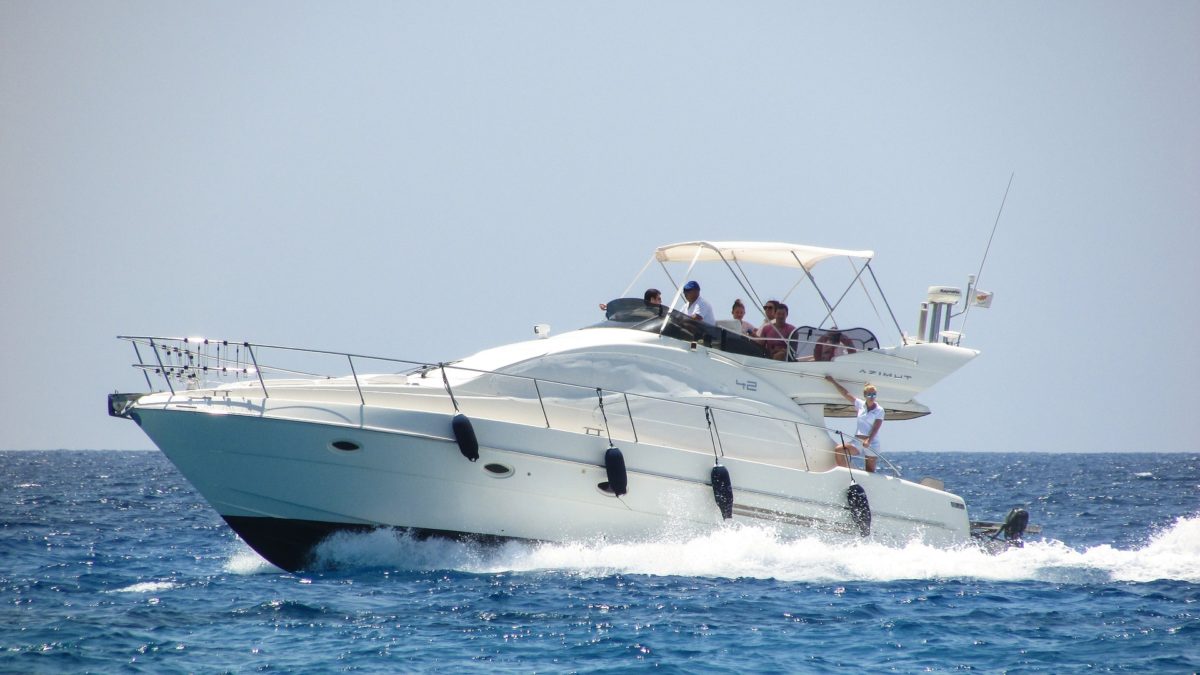Foam has many applications in boat manufacturing and other marine settings. It can be used for floatation, sound and thermal insulation, and as a cushioning for seats, beds and other surfaces. But using the same type of foam for all three of these applications just won’t get the job done. There are hundreds of types of foam, each with their own properties and uses. When it comes to marine applications, here’s what you should consider as far as foam options.
Marine Floatation Foam
Density floatation foam is a specific type of foam that is approved by the U.S. Coast Guard (according to Regulation Number 33 CFR 183.114). This type of marine foam is known for its high buoyancy, which makes it ideal for use in boats and other sea-faring vessels. This type of foam should also be durable and able to strongly adhere to substrates.
While some foam suppliers and boat manufacturers use spray foam for marine applications, there are better options. Closed-cell polyurethane foam is a waterproof, buoyant foam that also offers good insulation. Most importantly, it won’t absorb water like many open-cell foams, making it ideal for lining hulls and protecting against sinking.
Marine Seat and Cushion Foam
When it comes to foam for seat and cushioning that is used on board boats, three major factors should be taken into consideration:
- The foam should be antimicrobial: boat seating often gets wet, and the materials need to prevent the growth of mold and mildew.
- The foam should provide support and comfort: this can be accomplished by laminating two foams together or using beaded foams.
- Customization: modern boats seats come in a large variety of shapes, sizes, and styles, and the foam that is selected should be properly shaped to fit the seating it will be used in.
From bow cushions to bass boat seats and backs, mattresses and pontoon boat cushions, there’s a lot of seating that can be present on a boat. Selecting the right foam for these applications can make all the difference.
Marine Foam for Sound Control and Insulation
Boat engines make a lot of noise and release a lot of vibrations that can make riding in a boat a particularly uncomfortable experience. That’s why foam is used in engine compartments to deaden sound and absorb vibrations created by a constantly running engine. Engines can also emit heat, which makes thermal insulation another important factor to consider. While closed-cell cross-linked polyethylene and expanded molded polyethylene foam can be used for thermal insulation and sound dampening, there are also options to flame laminate various facings to polyurethane foam, which can help reflect heat, gasoline, water, and other materials.
When it comes to choosing a foam for engine compartments, it’s vital to select one that can absorb sound and vibration, be custom fit to the shape of the engine compartment and can provide an adequate level of thermal insulation.


